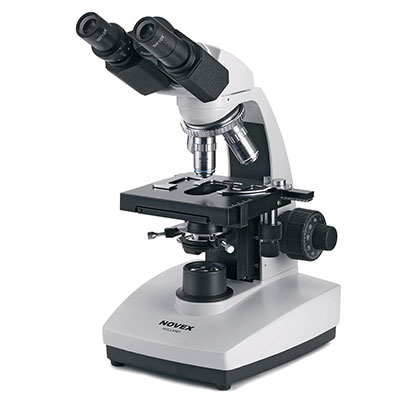 Using a microscope is an essential part of koi keeping,parasites are the scourge of all koi hobbyists and must be kept in check,if left unchecked big problems will accrue for sure,there are quite a few different types of microscopes and most parasites can be detected with a magnification of 40 x (=10x ocular and 4 x objective,costia are optimally visible with a magnification of 100 x( = 10 x ocular and 10 x objective.
Using a microscope is an essential part of koi keeping,parasites are the scourge of all koi hobbyists and must be kept in check,if left unchecked big problems will accrue for sure,there are quite a few different types of microscopes and most parasites can be detected with a magnification of 40 x (=10x ocular and 4 x objective,costia are optimally visible with a magnification of 100 x( = 10 x ocular and 10 x objective.